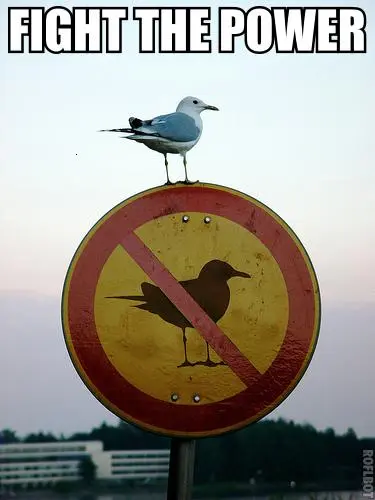

Any soup is cool enough to eat on a first date. If your date gives you crap about something as inconsequential as what kind of soup you’re eating, your date should be discarded at your earliest convenience, because they have shown themselves to be an opinionated twat that will bitch about things that don’t matter in the slightest.






Definitely not on copyright grounds, since almost all state flags (except Georgia, Mississippi, and soon to be Utah) are old enough to have entered the public domain.